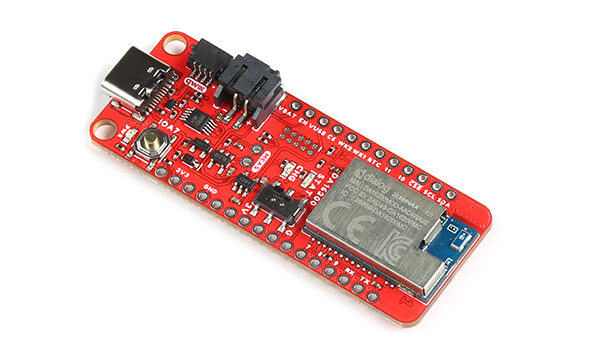
SparkFun launches a new Thing Plus Development Board – expected to work like a Wi-Fi module
Colorado-based embedded electronics manufacturer, SparkFun, is back with another exciting development board in the same form factor as the Adafruit Feather boards. The SparkFun Thing Plus DA16200 development board has an integrated ultra-low power Wi-Fi system-on-chip. The Wi-Fi SoC from dialog enables users to create next-gen Wi-Fi and IoT applications with ease. Depending on the application, such low power consumption can increase battery life by up to a year or more while being able to be deployed in space-constrained use cases.
The new SparkFun Thing Plus DA16200 development board is powered by an Arm Cortex-M4F microcontroller core with a clock speed of up to 150MHz. On a single silicon chip, the module houses a 2.4GHz IEEE802.11b/g/n Wi-Fi connectivity together with a baseband processor, media access controller (MAC), on-chip memory, and a host networking application processor. An external network processor, CPU, or microcontroller is not necessary because the system-on-chip (SoC) has full offload capabilities to operate the entire networking OS and TCP/IP stack on the chip. Thanks to its numerous sleep modes, which let you use current draws between 0.2 and 3.5 A, the DA16200 is a great choice for your next Internet of Things project.
SparkFun claims, “To make the Thing Plus as easy to use as possible, we’ve made the board Feather-compatible and it utilizes our handy Qwiic Connect System which means no soldering or shields are required to connect it to the rest of your system!”
Despite its compact size, the SparkFun DA16200 Thing Plus offers up to four 12-bit analog-to-digital converter (ADC) channels, two UARTs, one SPI bus, and one I2C bus on its 16 multifunctional GPIO pins. The board can be easily mounted on a breadboard due to its convenient design. It also features a four-pin Qwiic connector and a two-pin JST connector for an external LiPo battery that can be charged with the onboard USB type-C port.
The hardware is also capable of Wi-Fi Direct and comes with WPS certification from the Wi-Fi Alliance. Wi-Fi Certifications can be transferred in accordance with the Wi-Fi Alliance transfer rules without retesting. DA16200 with its wide range of communication peripherals, connectivity, and low power consumption makes it an ideal choice for numerous IoT applications including home automation, security devices, surveillance, and a lot more.
The ultra-low power SparkFun Thing Plus DA16200 development board is priced at $34.95, which can be ordered from the official product page. The manufacturer has also provided a hookup guide on the website.





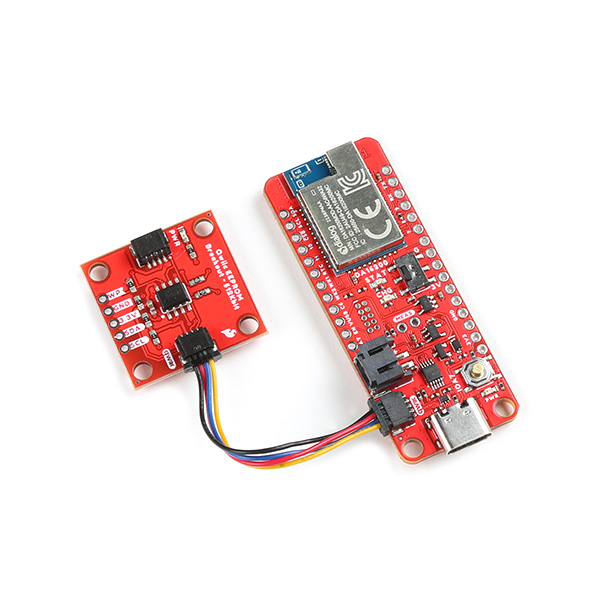
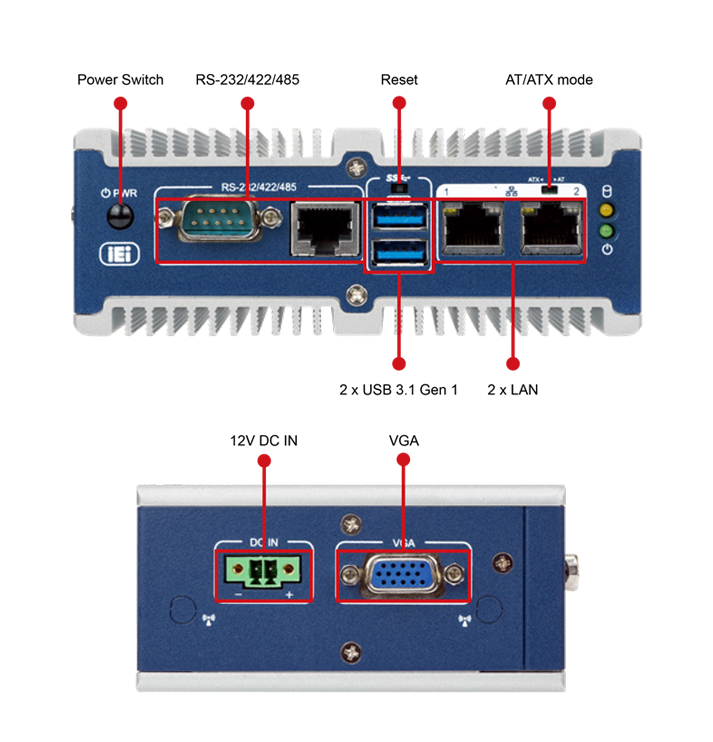
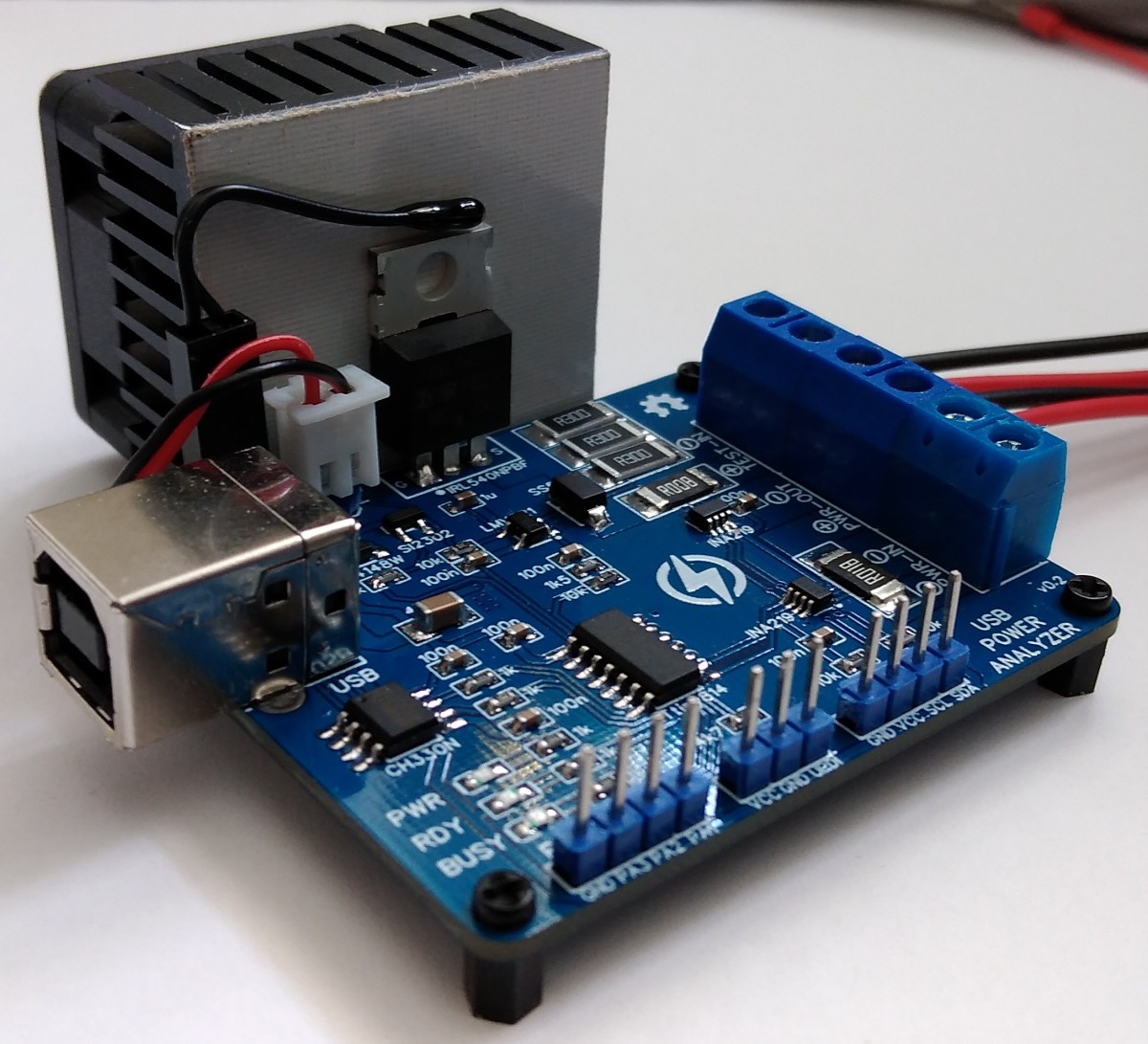
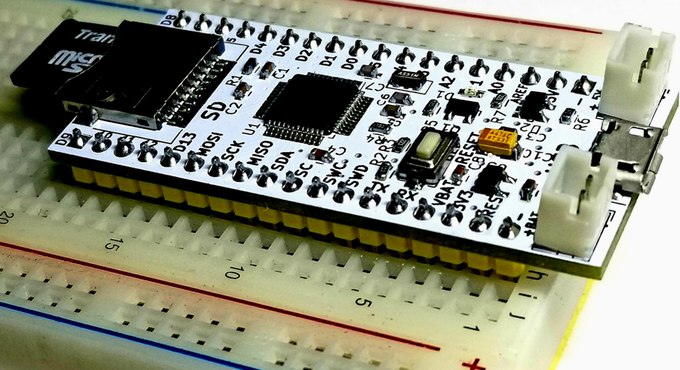
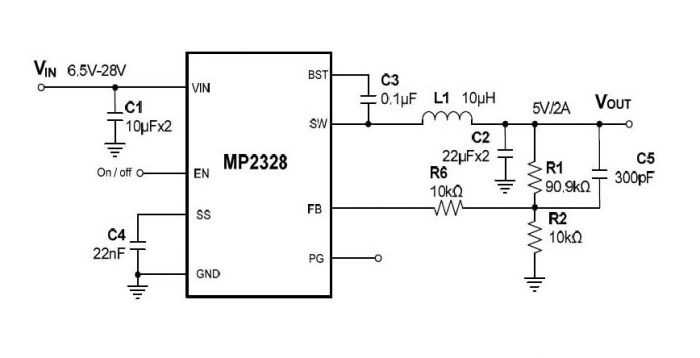

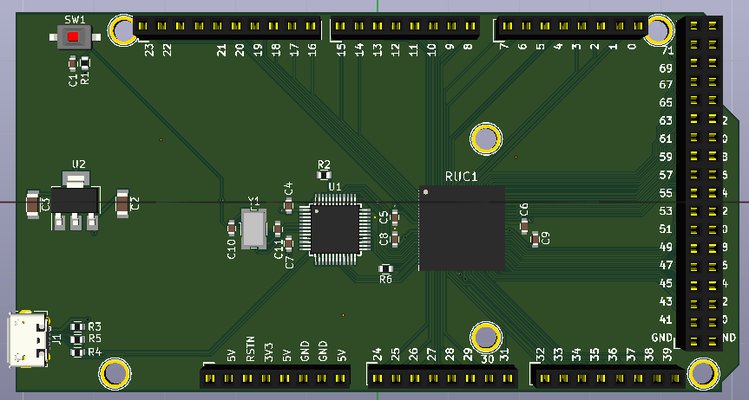







“Thanks to its numerous sleep modes, which let you use current draws between 0.2 and 3.5 A, the DA16200 is a great choice for your next Internet of Things project.”
Really? 0.2A minimum current consumption is HUGE! Depending on the mode I would expect current consumption to range below 10uA to maybe 150uA, that’s more than a thousand times less than 0.2A to more than 100,000 times less consumption. That’s what an ESP32 can do.[1]
* References:
1. ESP32 Deep Sleep with Arduino IDE and Wake Up Sources
https://randomnerdtutorials.com/esp32-deep-sleep-arduino-ide-wake-up-sources/